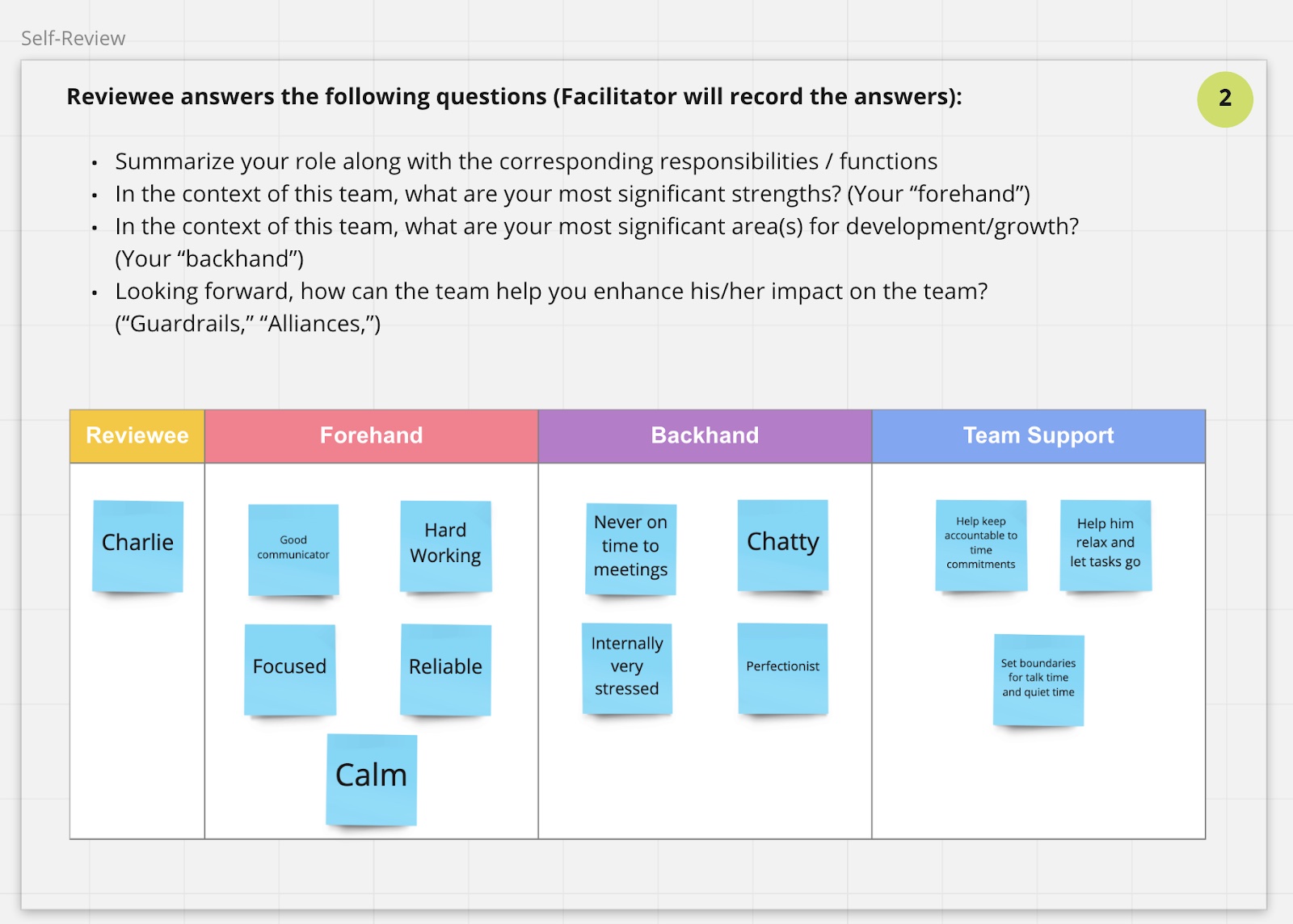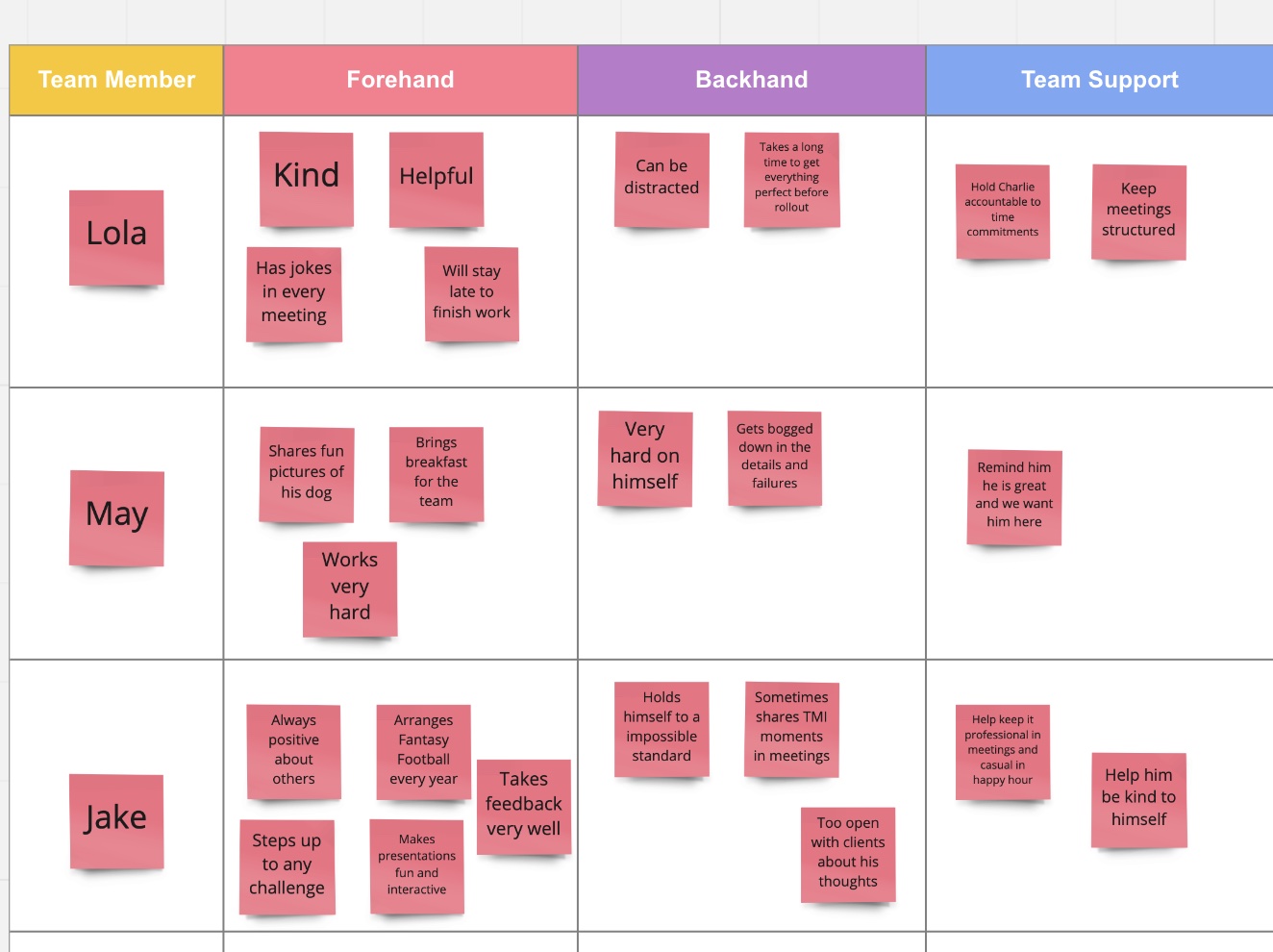As teams learn how to work in new ways during an Agile transformation, an organization may consider adopting Agile values in departments outside of IT to support the initiative. For example, Agile HR departments can adopt the core Agile principle of reflecting regularly, challenging one of the more nerve-racking traditions… the annual performance review.
In an Agile Uprising Podcast Agile and HR – BFF’s?, Andy Cleff, Wayne Tarken, Mitch Goldstein, and Jonathan Schneider discuss bringing Agile mindsets to the Human Resources department. They covered the idea that rather than having “working software” as a product, HR’s product is employees’ happiness, tenure, and productivity as well as their overall experience during recruitment, onboarding, and offboarding (retirement hopefully!). Leveraging Agile values and principles to reinvent legacy HR practices such as the annual performance review allows for innovation to take hold through the organization and at the same time reduce bureaucratic overhead.
Annual performance reviews are typically between an individual contributor and their direct manager, with anonymous feedback that often lacks meaningful context. These happen behind closed doors and have high stakes for the employee…they can affect compensation, roles, responsibilities, etc. We doubt that neither managers nor individuals honestly look forward to this ceremony.
In this post, we explore an alternative to the typical annual performance review: peer round tables.
Peer round tables are based on the following beliefs from the Agile HR manifesto:
-
- Performance review of the team is the responsibility of everyone on the team
- Accountability comes from within the team
- Trust and safety are not served by anonymity
- Individual performance review should be an open conversation among all members of the team
In contrast with the traditional annual review, peer round tables are a collaborative effort within the team. This approach gives all members of a team a chance to grow together, as well as increase a team’s level of trust, safety, productivity, cohesiveness, and performance.
How to hold a peer round table review
Step 1. Pick an accountability partner (AP)
An accountability partner is someone from the organization who will meet with the peer round table reviewee periodically to set goals, problem-solve, and encourage them to reach those goals.
Step 2. Nominate peers to participate in the peer round table review
Each reviewee will select 3-5 team members that work with them and are trusted to give honest, constructive feedback.
Step 3. Chose a facilitator to lead the session
A facilitator (could be the team’s coach, a scrum master, or someone from the HR department) guides the session and keeps to a specific format that:
-
- Maintains a safe, effective environment
- Enables productive giving and receiving of feedback
- Enhances transparency, trust, and honesty within the team
- Promotes co-generation of ideas for continuous improvement
The facilitator will also set up the necessary collaborative tools (e.g., Miro board for virtual sessions). Here’s an example of a peer round table review board. Whether in-person or virtual, feedback should be documented and shared with the reviewee and their team, so they can incorporate it into their collective goals and reflect on it in the future.
Step 4. Prepare for the roundtable
Reviewee takes time to think about core duties, strengths, and growth opportunities. The peers selected to participate should also prepare to give feedback to their teammates on what the reviewee does well, how they can improve, and how the team can support that improvement in the future. The AP will attend the roundtable as a silent party to listen, take notes, and discuss the feedback in the coming weeks with their reviewee.
Peer round table review example
Roles: Charlie is the reviewee, his accountability partner is Nina, and the facilitator is Howie. Charlie selects his peers May, Jake, and Lola to provide feedback during his peer round table review. T
Timebox: one hour
Location: Via Zoom and Miro board

Howie (the facilitator) opens up the session by welcoming everyone to the round table requesting that Nina (Charlie’s AP) goes off-camera for the rest of the meeting. Next, Howie will request the team to take turns reading out loud the grounding beliefs, principles, and values of Agile HR.
Charlie will then share with the group a summary of his role, his corresponding responsibilities, and his function. Then in that context, he’ll share what he views are his strengths (forehands), growth opportunities (backhands), and how the team can support him to enhance his impact on the team. Howie will scribe all of Charlie’s statements on the board.

Howie will record all of the statements contemporaneously (and check with each team member to ensure their thoughts were recorded accurately.)

Once all the feedback has been gathered, Howie will encourage Charlie to ask the team any clarifying questions.
Typical clarifying questions are exploratory and come from a place of curiosity and inquisitiveness – not defensiveness.
For example, Charlie might ask reviewers:
-
- Tell me more about _____
- What part about _______ is confusing/surprising/annoying?
- How do you really want _______ to be?
- Is there a relationship between X and Y?
- How did ____ affect you?
Team members answer openly and honestly, working together to help Charlie understand the feedback he received, with full context.
Charlie will close the round table session by summarizing what he heard and giving the team space to share any final words.
The feedback received will only help change things forward to the extent that it gets acted upon. After the peer round table review, the facilitator will share the feedback (in this case, a PDF of the Miro board) to Charlie and Nina to discuss during their next AP meeting. At their next meeting, they talk about the feedback received, as well as plans for Charlie’s long-term development and growth. (Perhaps items are added to the teams’ continuous learning matrix.)
Key Takeaways
The purpose of a peer round table is to provide an open and safe space for feedback. By shifting the responsibility of reviews to the team and having team members participate non-anonymously, strong team feedback loops are established, and new perspectives are shared.
The entire Agile Velocity team recently went through the Peer Round Table process, and we had rave reviews afterward (even from the shyest members). The peer round table exercise can be intimidating at first, the opportunity it provides to grow and bond as a team is worth the nerves leading up to it. Give it a try and let us know what you think in the comments section below!
When Agility and Human Resources are working hand in hand, when leaders and managers shift expectations from individual performance to supporting and encouraging whole-team performance the entire organization can grow together and real change can happen.
Learn about our Agile transformation services, here.



